13 Clever Cooking Tips for Budget-Friendly Meals
Food costs can add up quickly, but smart cooking habits help keep your budget steady. Many families are finding creative ways to make ingredients last longer without giving up flavor. It is all about using what you already own in thoughtful ways. Simple changes in how you cook can turn into meaningful savings. You will also find that these habits reduce waste and keep meals enjoyable.
This post may contain affiliate links, which helps keep this content free. Please read our disclosure for more info.
Find Creative Ways to Reuse Leftovers in New Meals
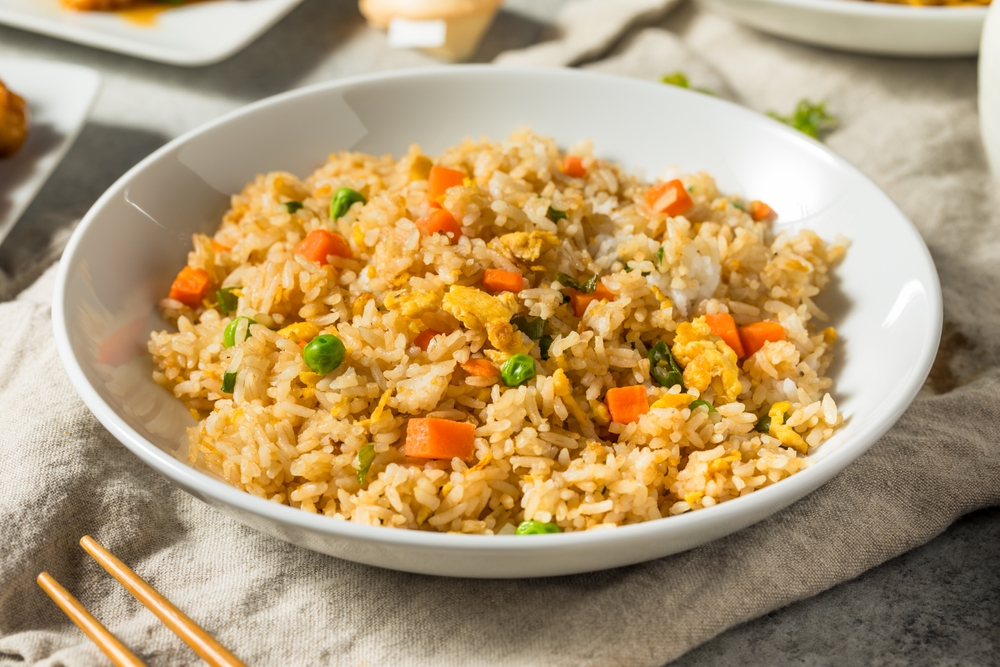
Leftovers do not need to feel repetitive or boring. Chicken from dinner can be used for sandwiches, soups, or pasta dishes. Cooked rice works well in fried rice, casseroles, or even as breakfast porridge. Vegetables can easily be added to omelets or stir fry. This makes it simple to turn yesterday’s food into something fresh.
Reusing leftovers saves time and reduces food waste. They can be stored in the fridge or freezer and used later in the week. Labeling containers helps you remember what you have and when it was cooked. Mixing different leftovers together often creates surprising but tasty results. With a little imagination, you can create new meals without extra cost.
Freeze Food Properly to Save Money and Reduce Waste
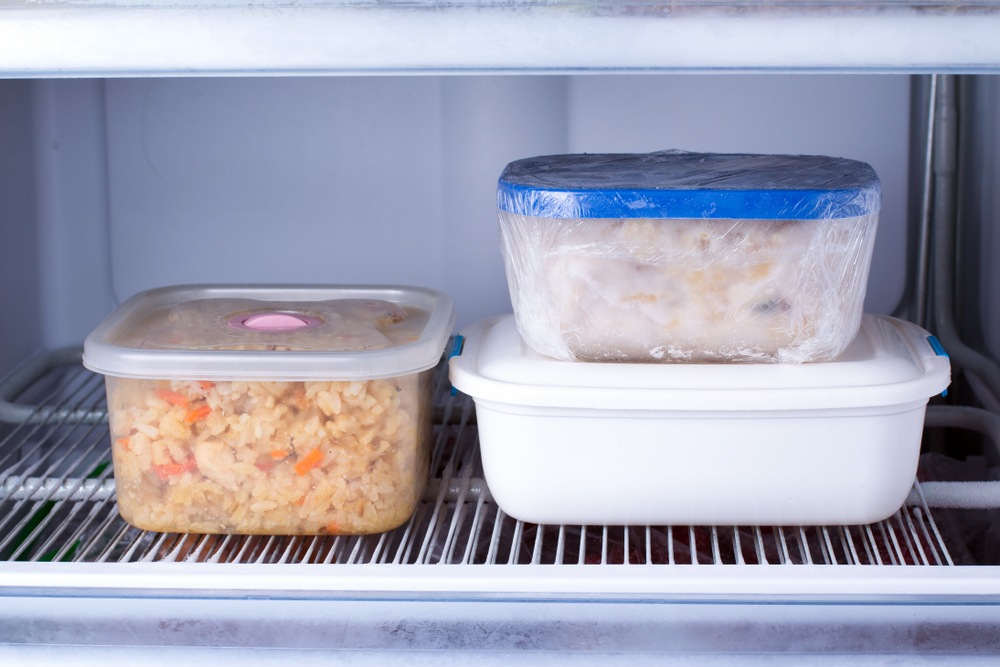
Freezing food helps extend its life and prevents waste. Bread, meat, vegetables, and fruit all freeze well if packed properly. Buying food in larger amounts is easier when you know it can be frozen safely. Frozen fruits are perfect for smoothies while vegetables are ready for soups or stir fry. This makes it simple to always have ingredients available.
Using airtight freezer bags or containers prevents freezer burn. Adding dates to each package lets you keep track of how long items have been stored. Food can be thawed and cooked when needed, reducing last-minute trips to the store. Freezing allows you to enjoy seasonal produce even after its growing season ends. It is a reliable way to save money over time.
Stretch Meat Dishes with Vegetables and Grains
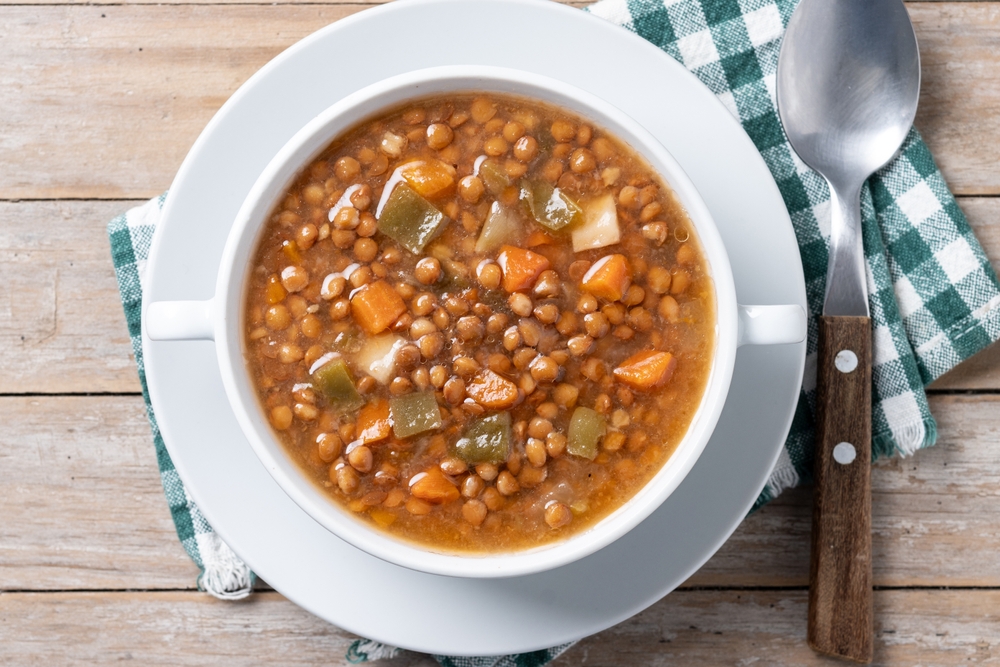
Adding vegetables and grains to meat dishes makes them last longer. Carrots, beans, or lentils blend easily into soups, stews, and sauces. Rice, oats, or breadcrumbs work well in burgers, meatloaf, or meatballs. This method reduces how much meat you use while keeping meals filling. It is a simple way to create hearty dishes without spending more.
Stretching meat with other ingredients also improves nutrition. Vegetables add fiber and vitamins while grains provide energy. These meals are balanced, satisfying, and less expensive. Kids often enjoy dishes with mixed textures and flavors. Combining meat with vegetables and grains gives you variety while lowering food costs.
Make Homemade Broth from Scraps
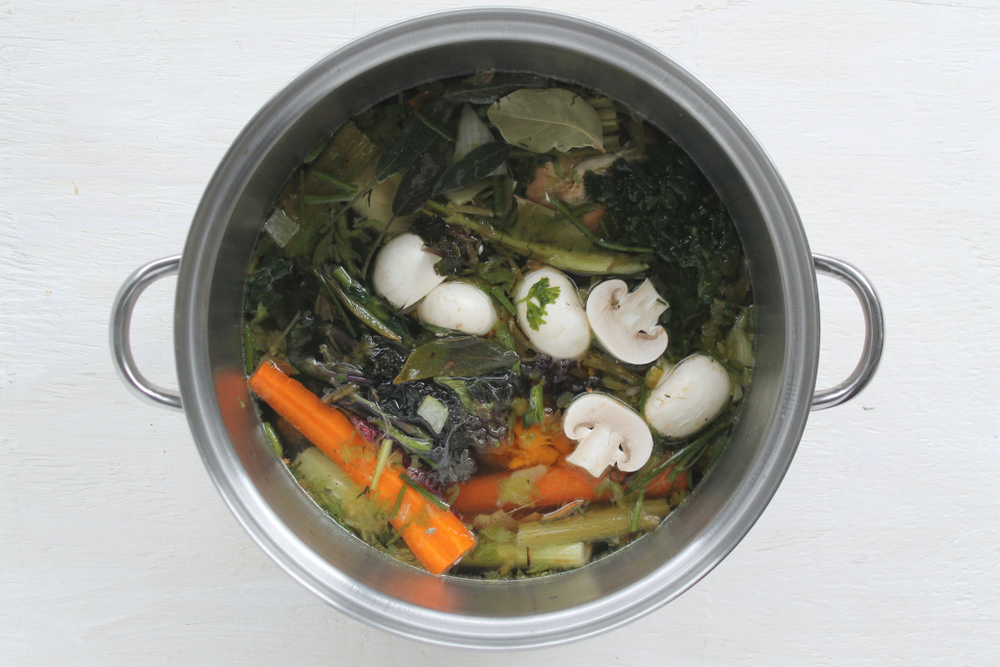
Homemade broth is an easy way to use leftover bones and vegetable pieces. Instead of throwing scraps away, simmer them in water with herbs. The result is a flavorful base for soups, stews, and sauces. It cuts the need for store-bought broth. You can make large amounts and freeze them in portions.
Homemade broth is healthier since you decide what goes into it. There are no preservatives or excess salt added. It is also simple to adjust the flavor to your preference. Broth made from scraps stretches your groceries further. This practice adds taste to meals without extra cost.
Save Time and Money with Batch Cooking
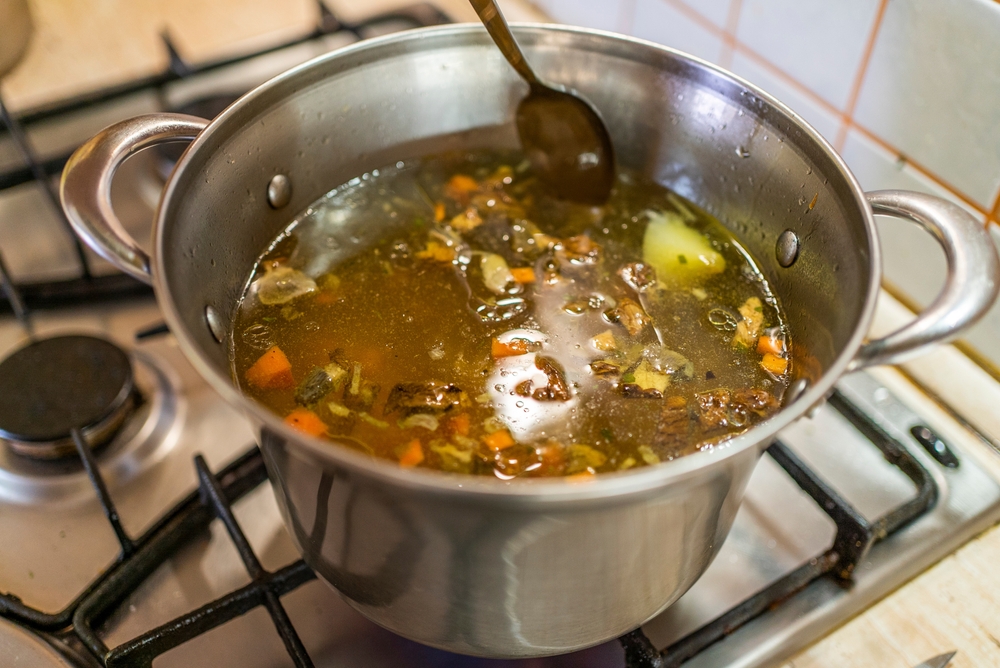
Cooking large amounts at once saves time and lowers costs. A big pot of stew, soup, or pasta can feed your family for days. Buying in bulk is cheaper than smaller purchases. Cooking once for several meals also uses less energy. Having meals ready keeps you from ordering takeout.
Batch cooking is great for busy schedules. Food can be frozen and reheated when needed. Dividing meals into containers makes it easier to serve quickly. This method reduces waste since all ingredients are cooked and used. It is a practical way to stretch your food budget.
Choose Seasonal Produce for Affordable Meals
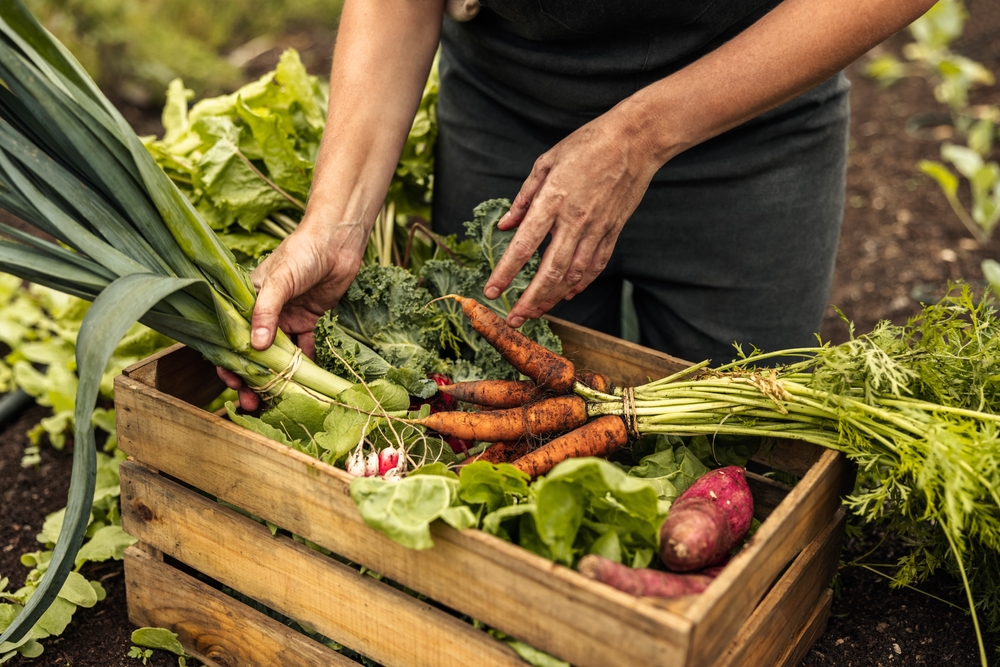
Seasonal fruits and vegetables are fresher and less expensive. They are available in larger amounts, which keeps prices low. Seasonal produce is also more flavorful because it is harvested at the right time. Planning meals around seasonal items helps reduce grocery bills. It is an easy way to eat well without overspending.
Farmers’ markets often have seasonal produce at fair prices. You can freeze or can extras for later use. Rotating meals with seasonal foods keeps your menu interesting. Eating this way also gives you better variety throughout the year. It is a smart approach for both savings and taste.
Store Food the Right Way to Prevent Spoilage
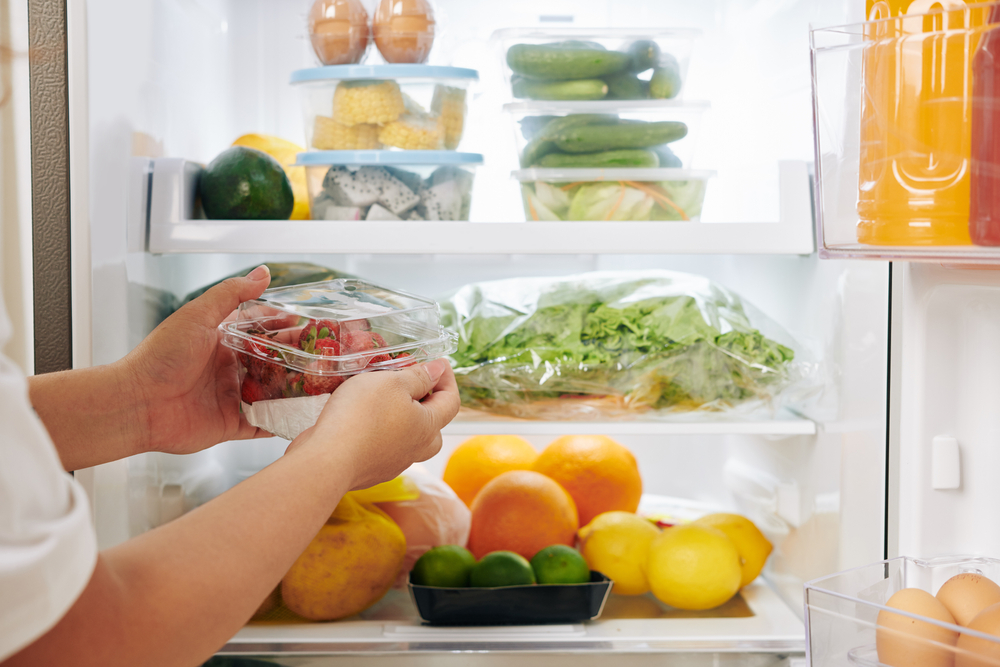
Learning how to store food correctly keeps it fresh longer. Apples last longer in the fridge, while potatoes do better in a cool, dark spot. Dry goods stay safe in airtight containers. Storing food properly helps you use everything before it goes bad. This reduces waste and saves money.
It is also useful to rotate items in your pantry and fridge. Place older items in front so they get used first. Writing dates on packages helps track freshness. These habits prevent forgotten food from spoiling. Storing food the right way makes your groceries last.
Cook with Budget-Friendly Cuts of Meat
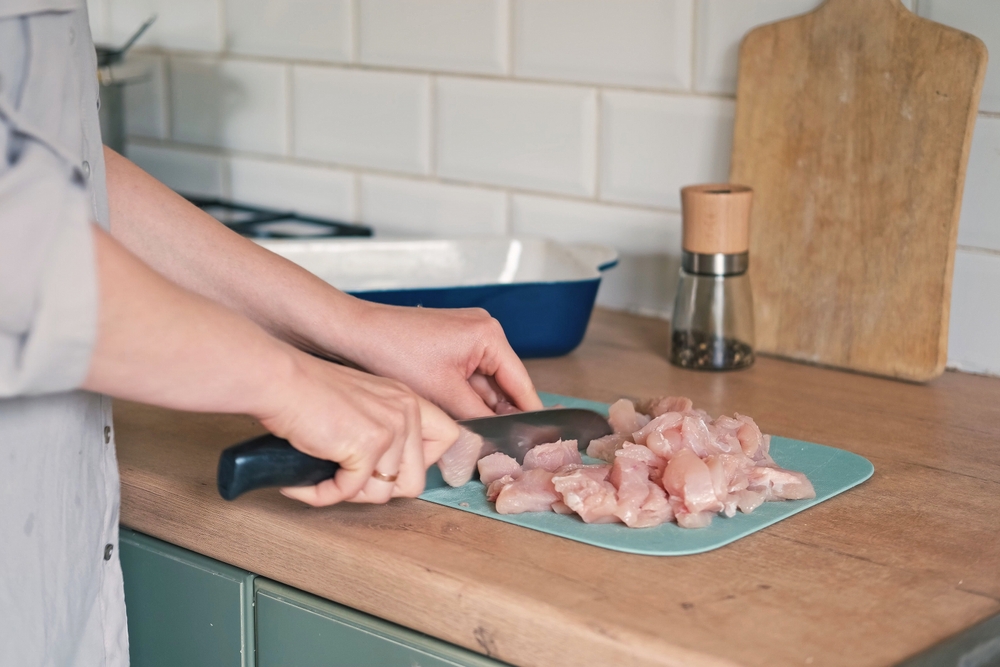
Cheaper cuts of meat can be just as flavorful as expensive ones. Cuts like chicken thighs, pork shoulder, or beef chuck work well in slow-cooked meals. Braising or stewing makes them tender and rich in taste. They are excellent for soups, casseroles, or roasts. This allows you to serve hearty meals without high costs.
These cuts are often available in larger packages for better savings. Leftovers can be repurposed into sandwiches or stir fry. Cooking slowly brings out the best flavors. Many traditional recipes rely on these cuts because they are filling and affordable. Choosing them gives you good meals without overspending.
Reuse Pasta and Vegetable Cooking Water in Recipes
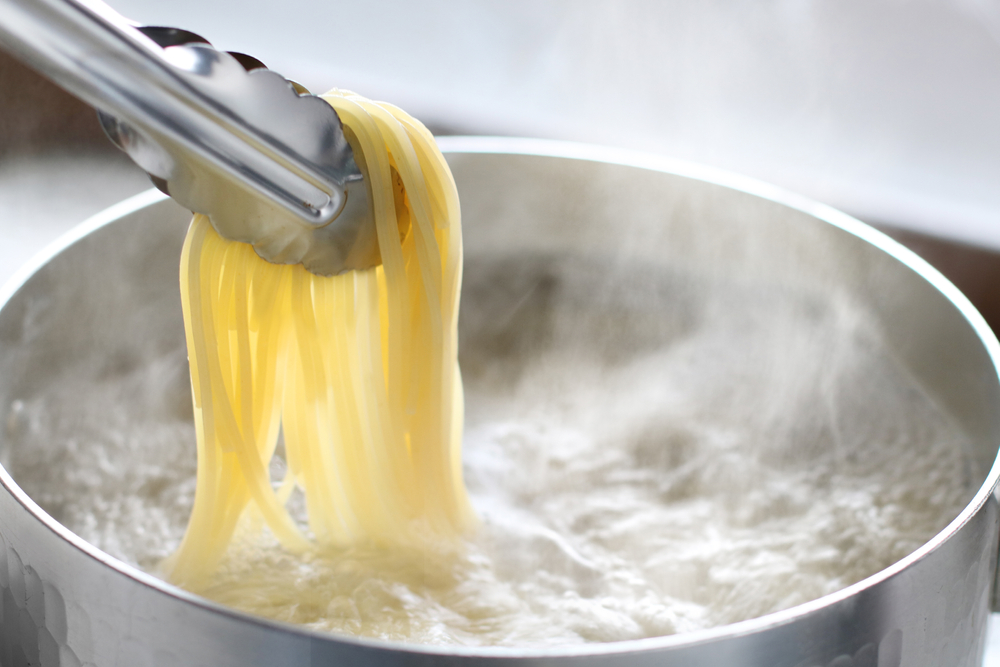
The water left from boiling pasta or vegetables holds valuable nutrients. Instead of pouring it away, you can reuse it in soups or sauces. Pasta water adds thickness and flavor to sauces. Vegetable water is a good base for broth or grains. This stretches your ingredients further with little effort.
Reusing cooking water also cuts down on waste. Some people even use cooled water for plants since it contains trace minerals. It requires no extra work and brings added value. Cooking water can easily be stored in the fridge for a day or two. It is a small habit that makes meals more resourceful.
Bake Homemade Bread and Snacks
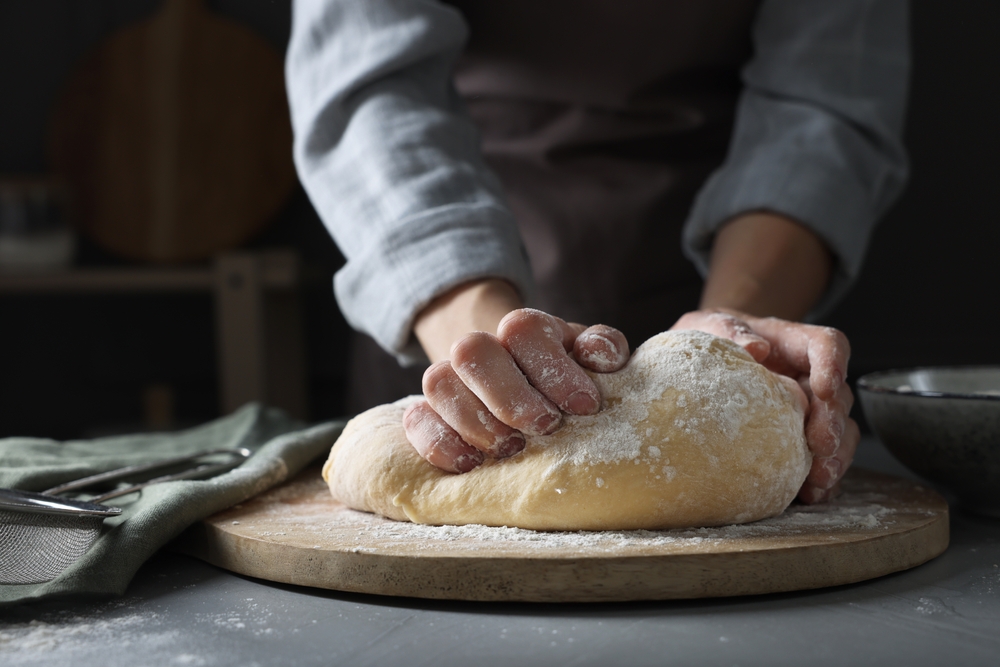
Making bread at home costs less than buying it often. Simple ingredients like flour, water, and yeast are all you need. You can bake loaves, rolls, or flatbreads to fit your meals. Baking at home also lets you prepare snacks like muffins or bars. This cuts down on packaged snacks that are usually more expensive.
Homemade baking allows you to control ingredients. You can avoid added sugar or preservatives. Leftover bread can be used for croutons or breadcrumbs. Snacks baked at home are easy to portion and store. With regular baking, you save money while enjoying fresh food.
Plan Weekly Meals to Cut Food Costs
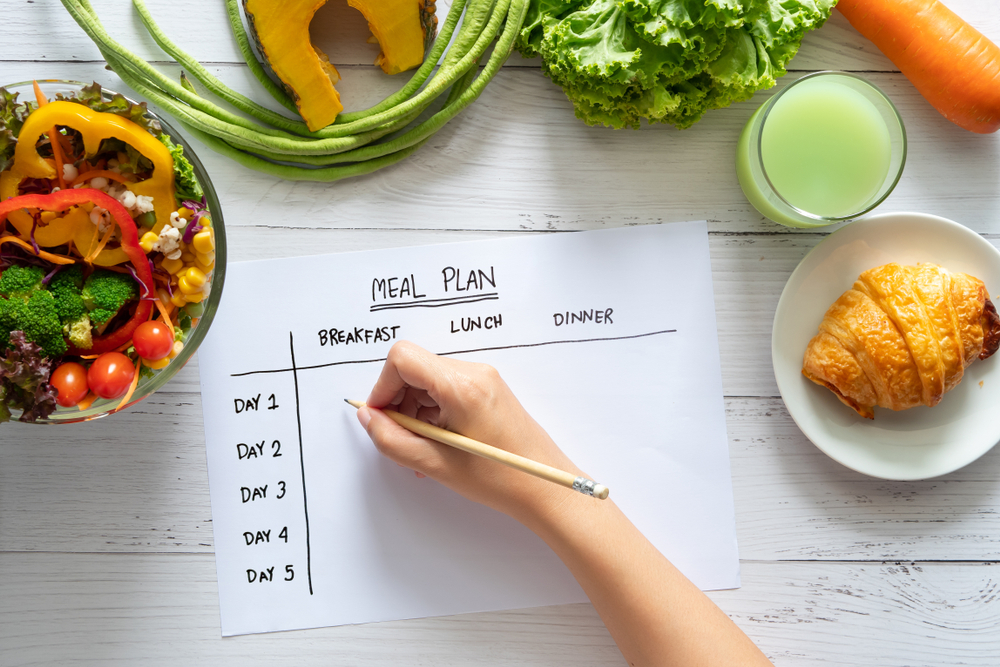
Planning meals in advance helps you avoid overspending. A shopping list makes it easier to buy only what you need. This reduces impulse purchases at the store. Planning also helps you use items already in your pantry. It keeps your budget steady and your meals organized.
Meal planning saves time and reduces stress. You know what to cook each day, which makes evenings easier. It also prevents food from spoiling before you use it. Planning around sales or seasonal foods lowers costs even further. With practice, weekly planning becomes a simple routine.
Get the Most Out of Vegetables by Using Every Part

Many parts of vegetables are often thrown away but can still be eaten. Broccoli stems are tasty when sliced thin and cooked. Beet greens can be sautéed like spinach. Carrot tops can be blended into sauces or soups. Even onion skins can flavor homemade broth.
This habit reduces food waste while adding variety to meals. Vegetable scraps are often rich in nutrients. Using all parts also gives you more value from your groceries. These ingredients can bring new flavors and textures to dishes. Making full use of vegetables stretches your food supply further.
Turn Stale Bread into Tasty Recipes
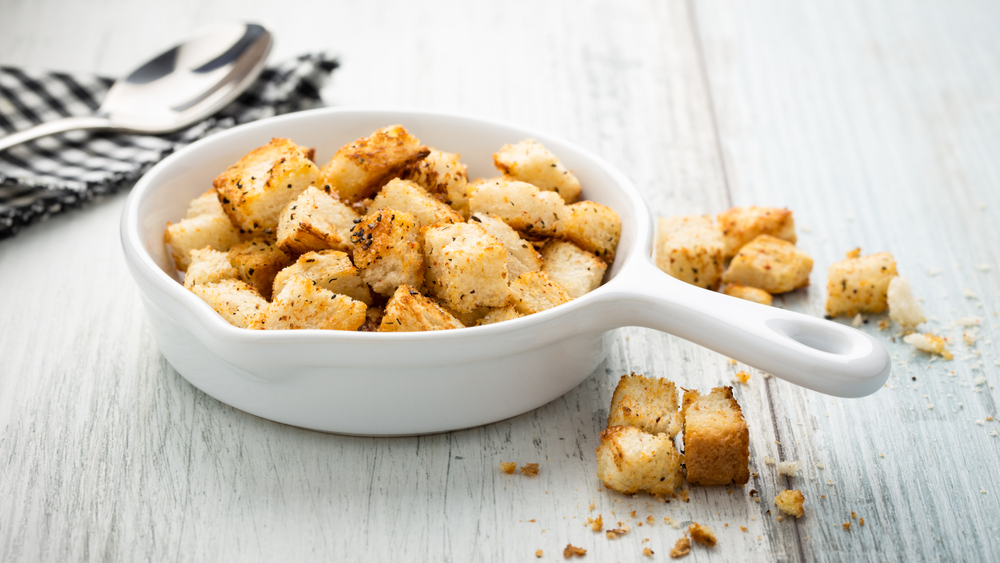
Stale bread can easily be repurposed instead of being discarded. It can become croutons, breadcrumbs, or bread pudding. French toast is another delicious way to use it. Cubes of bread can be baked and used as salad toppings. This gives bread a second life while saving money.
Freezing leftover bread before it goes stale is another option. Frozen bread can be toasted or used for sandwiches later. Many recipes actually work better with slightly dry bread. This habit keeps your groceries from going to waste. Repurposing bread makes meals more resourceful and budget-friendly.
Cooking at home can be both affordable and enjoyable with a few smart habits. By making the most of what you already have, you save money while reducing waste. Simple steps like planning meals, freezing extras, and reusing ingredients keep your kitchen running smoothly. Start trying these ideas and see how much farther your groceries can go.
This article originally appeared on Avocadu.
